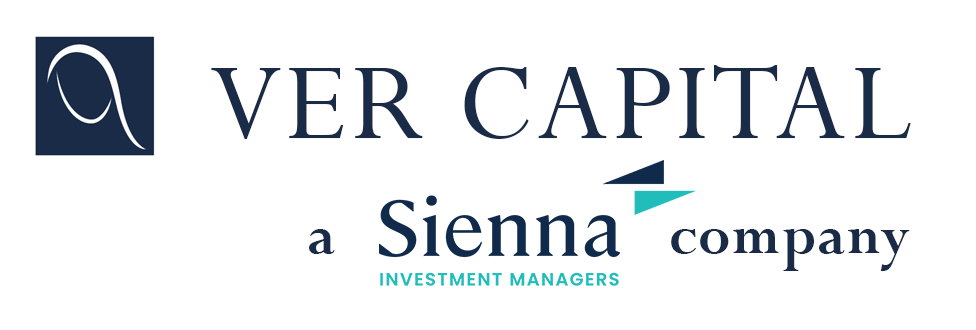
History never repeats itself, but it does often rhyme. - Mark Twain
Published: March 15, 2022
To the trained eye, each candlestick in every chart tells the state of the financial environment. As such, in the beginning of 2022, markets participants were eager to see the economic conditions to start spelling the same poetry of the pre-covid world.
While fortunately the Covid numbers are quickly decreasing reaching December 2021 levels. In contrast, crude oil prices sang the conflict songs of 2014 instead. Worse yet, geopolitical tensions have risen to levels not seen since the 60s.
The conflict is not only causing negative impact by increasing financial markets risk premium, but also a very tangible commodity shock. Although both Ukraine and Russia represent a low share of the world economy, they play a critical role in the world’s gas, oil and food production.
The current scenario made the conceptualization of temporary and persistent inflation difficult to assess. Market participants started pricing a change in stance at the FED and ECB, supposing a more accommodative wait and see strategy.
However, the inflation reached record levels in the EU, pushing the president of the ECB Christine Lagarde to turn hawkish, affirming an accelerated QT. The new tone made the market to reassess expectations increasing the number of possible hikes to its highest level yet. Post the ECB meeting, the market started expecting 4 hikes by the end of the year.
The monetary policies and stances are very potent driver to the overall markets, nevertheless, currently the biggest moves originate from the negotiation and conflicts updates, and also from the economic sanctions ramifications.
